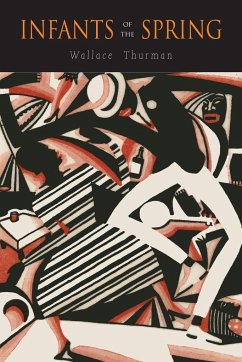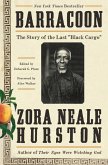At times disillusioned by the ideals of the Harlem Renaissance, Wallace Thurman formed a small group, ¿The Niggerati,¿ built up of artists and intellectuals who often clashed with the movement. Highlighting the conflict of Black art, artistic integrity and assimilation, Infants of the Spring is a deconstruction and satire of the time when the Negro was in vogue.








